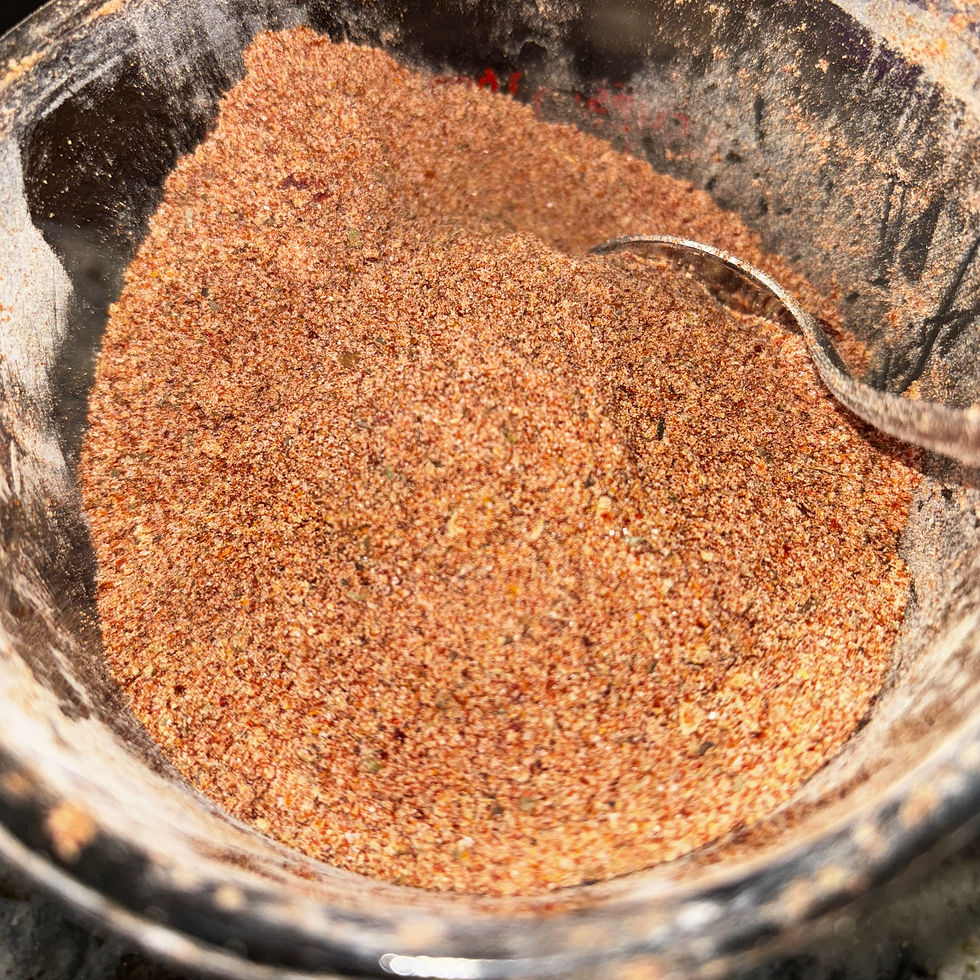Freeze Dried vs. Dehydrated: Exploring the Differences in Food Preservation
- goshenacres
- Mar 6, 2024
- 3 min read
Updated: Mar 14, 2024
When it comes to preserving food, two common methods stand out: freeze drying and dehydration. While both techniques aim to extend the shelf life of food, they employ different processes and offer unique advantages. Let's delve into the distinctions between freeze drying and dehydration to better understand their applications and benefits.
Freeze Drying:
Freeze drying, also known as lyophilization, involves freezing the food and then removing the ice by sublimation under low pressure creating a vacuum. This process results in a final product that retains much of its original shape, flavor, texture, and nutritional content. Freeze-dried foods are lightweight and can be easily rehydrated by adding water.
Advantages of Freeze Drying:

Nutritional Preservation: Freeze drying preserves the nutritional integrity of food exceptionally well due to the low temperatures involved, making it a preferred method for preserving delicate nutrients.
Long Shelf Life: Freeze-dried foods have a significantly extended shelf life, often lasting for years without significant degradation in quality or flavor.
Rehydration: One of the main advantages of freeze-dried foods is their ability to rehydrate quickly and retain their original shape, size and texture, making them ideal for camping, backpacking, and emergency food supplies.
Advantages of a pantry of Freeze-Dried Produce:
Picked at peak ripeness to ensure maximum flavor and nutritional content.
Flash frozen to seal in all nutrients and preserve freshness.
Maintains perfect shape and condition, avoiding premature rotting or spoilage.
Sealed in 25-year shelf-life cans, minimizing waste and ensuring long-term usability.
Drawbacks to Home Freeze Drying:
Freeze drying typically requires specialized equipment and higher initial investment costs compared to other preservation methods.
The process of freeze drying can be time-consuming, often taking longer than other preservation methods due to the need for freezing and subsequent drying under vacuum conditions.
While freeze drying preserves the texture and flavor of foods well, certain delicate foods may still experience some loss of quality or change in texture during the process.
Dehydration:
Dehydration, or drying, involves removing moisture from food through exposure to heat and airflow. This process is typically done using a dehydrator, oven, or even natural methods like air or sun drying. Dehydrated foods are lightweight, an extended shelf life, and are suitable for a variety of uses, from snacking to cooking.
Advantages of Dehydration:
Simplicity: Dehydration is a straightforward process that can be done at home with minimal equipment, making it accessible to most people.
Energy Efficiency: Compared to freeze drying, dehydration generally requires less energy, particularly when using methods like sun drying or air drying.
Versatility: Dehydrated foods are versatile and can be incorporated into various recipes or consumed as snacks without the need for rehydration, making them convenient for on-the-go consumption.
Drawbacks to dehydration:
Dehydrating can lead to the loss of some heat-sensitive nutrients and flavor compounds due to exposure to elevated temperatures, whereas freeze drying minimizes nutrient degradation and preserves the original flavor profile of foods through a low-heat or no-heat process.
Additionally, dehydrated food often remains chewy or harder in texture compared to freeze-dried food, which maintains a more desirable texture and rehydrates more effectively.
Dehydrating food often results in shrinkage, and rehydration may not restore the original size and shape, unlike freeze-dried foods, which maintain their shape throughout the process. This can lead to less bulk in recipes where dehydrated ingredients are used.
Vs. Storebought Produce:
Loses nutrients soon after being picked and while traveling in trucks for days before reaching the store shelf.
Typically has a shorter shelf life compared to freeze-dried or dehydrated alternatives.
Often lacks high standards for purity and may contain additives or preservatives.
Contrastingly, freeze-dried produce maintains its nutrient content and purity due to its preservation process and packaging in sealed, long-lasting containers.
Choosing the Right Method:
In my pantry, I've found a balance between freeze-dried and dehydrated foods, recognizing the unique benefits each preservation method offers. When it comes to hearty soups that simmer for hours on the stove, I lean towards dehydrated ingredients, especially for utilizing the excess produce from my garden or weekly shopping excess. Dehydrating allows me to minimize waste by preserving fruits and vegetables that might otherwise go unused.
On the other hand, for vibrant casseroles or dishes where presentation matters, freeze-dried vegetables are my top choice. Their preserved color and texture not only add visual appeal but also contribute to the overall taste experience. Additionally, I opt to buy freeze-dried ingredients rather than investing in a freeze dryer myself. Not only does this choice reduce energy usage and save on equipment costs, but the pre-packaged freeze-dried products also come sealed for a 25-year shelf life, ensuring long-term storage without compromising quality. By incorporating both freeze-dried and dehydrated options into my pantry, I ensure versatility in my cooking while minimizing waste and maximizing the shelf life of my ingredients.




Comments